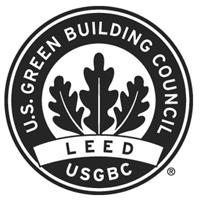Cost effectiveness of drip irrigation, the real story

When considering the cost-effectiveness of an irrigation system, several types of costs need to be considered; material acquisition, installation, operation and maintenance. In regard to material acquisition costs, these can often times be less for a drip system than for a comparable overhead spray system. This is because flow rates are usually less for a drip system: hence, smaller components such as valves, regulators back flow preventers, and the like.
Installed cost of a drip irrigation system is normally a function of emitter spacing. Studies conducted indicate that drip is extremely cost-effective, on an installed cost basis, for most any type of landscape situation, where the plant spacing is greater than about three feet on center, on average. When plants are spaced closer than this, it is difficult to compete with well designed and managed spray systems. Labor saving is apparent since it is usually easier to lay-out 300 feet of PVC flex hose than an equivalent length of rigid PVC pipe. Again this tends to be project specific.
While installed cost is an important criteria, operating costs and life-cycle costs need to be considered also. Operating costs includes water consumption, fertilization costs, repair and maintenance. Life cycle costs would include all these plus amortization of material and installation costs. In regard to operational costs, drip irrigation can represent reduced water and fertilization costs. Maintenance costs for overhead and drip should be comparable. However, in certain situations, where plants are located a significant distance from each other, maintenance labor can be significantly less for drip systems. This is because weeds are less likely to grow between plants where no irrigation is provided. In regards to the life of a drip irrigation system, there are systems in use today that were installed over twenty years ago.
The most important aspect of designing an irrigation system and saving money overall is qualifying the best possible solution for the particular application, not taking a “cookie cutter” approach and simply making a system work.



_.png)




















